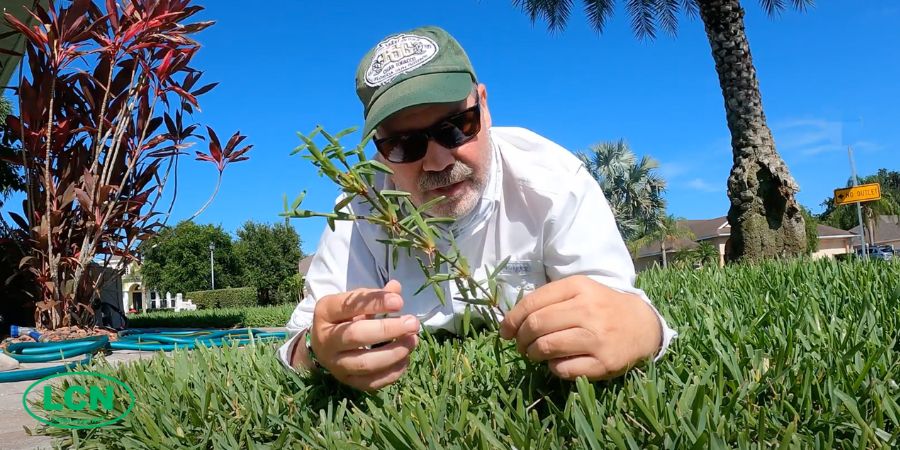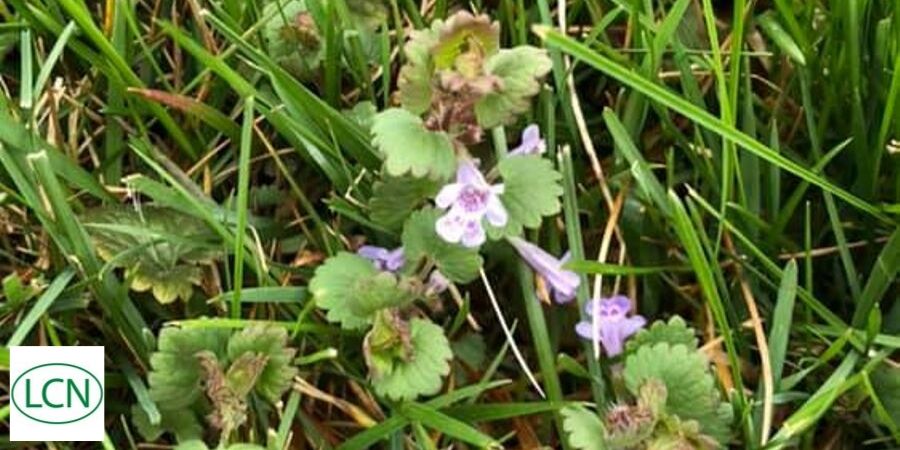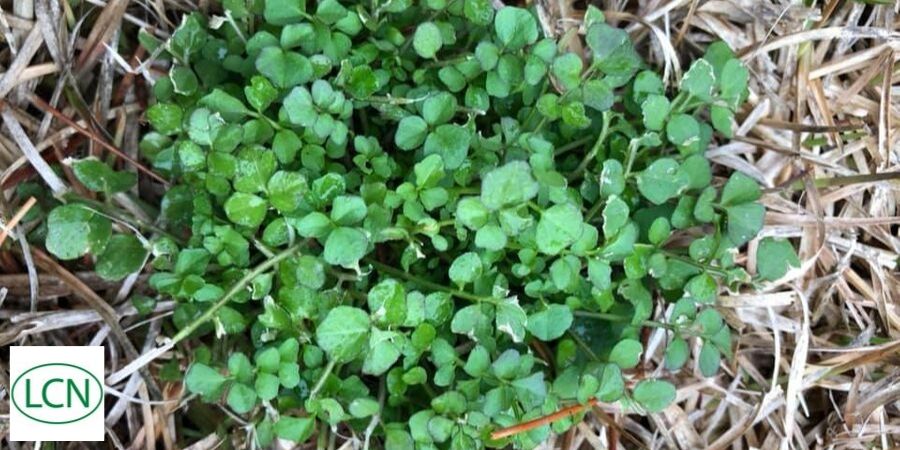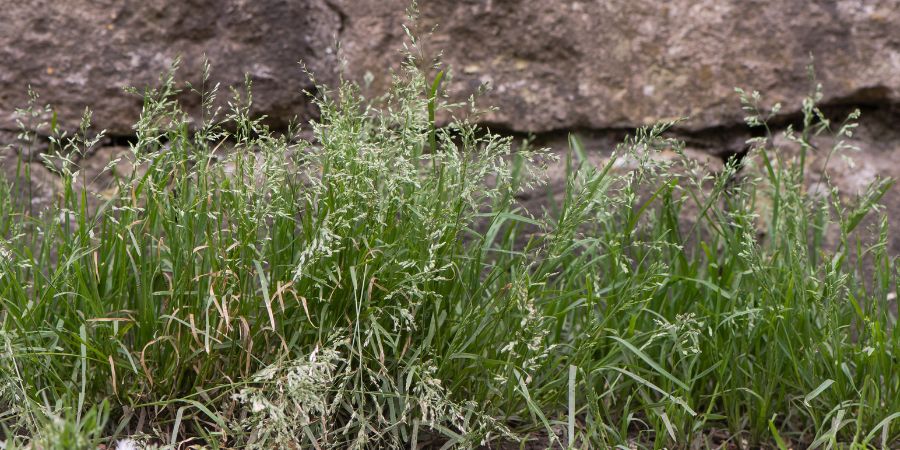To Seed or Not to Seed Your Lawn this Fall
- "The Lawn Care Nut"September 15, 2023
September is one of the best times of year for lawns all across America. That’s because the weather gets good for everyone and we get to enjoy some pretty awesome conditions for all grass types.
As temps cool and rains pick up in the northeast and across the Midwest, Kentucky bluegrass, turf-type tall fescue, and ryegrasses begin their final growth push in preparation for winter. These cool-season grasses are greenest in fall, naturally.
Through the south, warm-season lawns like Bermuda, St Augustine, zoysia, centipede, and Bahia are noticing the shorter days that are telling them to slow down a little, giving us a break from mowing every 4 days! We still have warm temps and enough sunlight for them to remain nice and lush and vigorous.
This time of year, lawn owners start to think about a final push for the season. We look to take advantage of these mild conditions and enjoy some lawn work while also making some progress before the looming winter. Many of you will start to think about seeding your lawns. Is that the right thing to do? Will it help your thin lawn to thicken up? Let’s look at the options.
Seeding Grass By Grass Type
First off, let’s talk about grass types: Warm-Season vs. Cool-Season.

Photo: Stolon
The warm-season grasses are Bermuda, St Augustine, zoysia, centipede, and bahia. These grasses are aggressive grasses that send out rhizomes and stolons (called “runners”) in all directions, weaving together to form a tight and dense stand of beautiful turf. Bermuda and zoysia are soft warm season grasses, great for bare feet! Centipede and bahia are decent on bare feet and St Augustine will pretty much cut you up! I’m kidding, of course, but for sure, St Augustine is not pleasant to walk on. It’s a show grass, to be looked upon and never walked on!
Warm-Season Grass Seeding
That said, since these grasses are so aggressive, there really is no need to try and seed into them if there is already some grass present. If you have sparse warm-season turf, believe it or not, it’s already got a major head start. That’s because the warm season turf grasses spread by sending out aggressive runners in all directions. The runners are either rhizomes (below-ground runners) or stolons (surface runners) and they weave together, creating a dense mat of turf. These runners will also choke out invading weeds, quite literally.
If you were to try and thicken the lawn up by throwing down seed, now that seed has to first germinate, then send down a root and send up some top growth (green blades) so that it can begin grabbing sunlight for photosynthesis. Once it establishes a good “mother plant” in 3-4 weeks, then it can finally start to send out those runners to spread out. It can take a good 90-120 days or more for warm-season turf to actually establish a lawn from seed.
But if you already have some bermuda, zoysia, centipede, zoysia, St Augustine or bahia there, albeit thin and sparse, that can begin pushing runners right away - all you have to do is push it with fertilizers like Milorganite. Feed it and it will grow and spread, it’s that simple, no need for seed.
Warm-Season Grass Seed
Note: even if you still decide to seed, there is no St Augustine grass seed available anywhere. It’s a plant that doesn’t produce viable, harvestable seeds. You will be hard-pressed to find zoysia seed, although it does exist. It’s just rare.
The most common warm-season grass seed available is Bermuda and you’ll also find centipede in areas where that grass type is commonly grown (like South Carolina) and the same goes for Bahia, it’s available in most big box stores in Florida, where it’s most commonly found.
Cool-Season Lawn Seeding
Now if you have a cool season lawn of Kentucky bluegrass, perennial ryegrass or turf type tall fescue, right now is the PERFECT time to seed. You have a perfect window of time where you can get the seed down, have it germinate, grow and mature, and then be able to withstand the coming winter and wake up healthy and vigorous next spring.
However, you don’t all need to seed. If your lawn is already sufficiently thick, then there should really be no reason to add more seed as it will just compete with your existing lawn.
Grass seed, in order to grow, needs 3 things:
- Proper temperatures and sunlight (no freezing temps)
- Adequate moisture for the first 21-30 days
- Soil contact so it can root in
If your lawn is too thick, then you are going to have a lot of trouble with the third requirement. You could core aerate the lawn or dethatch it or both, but that is a lot of work just to make your thick lawn thin so you can spend money on grass seed you probably don’t need. So, if your lawn is thick, don’t seed; instead, play defense.
There are quite a few weeds that germinate in the fall time, which will wreak havoc on you in the following spring. The main ones I run across are annual bluegrass (poa annua), hairy bittercress, and habit. These fall-germinating annuals grow and thrive in September, October, and November, survive over winter, and then, in the following spring, grow to maturity and drop seeds so the process can start all over again.
The good news for you is you can apply pre-emergent such as prodiamine it will stop a lot of these weeds before they grow. The only thing to realize is that prodiamine will also stop grass seed, so again, this is a strategy for those of you who are NOT seeding.
Now, lastly, if you have a cool season lawn, don’t forget to keep it fertilized during this time. Fall is the time with your Kentucky bluegrass, perennial rye, and turf-type tall fescue will put down more roots and push up more top growth than any other time of the season. You want to fuel this natural growth push and that alone will thicken your lawn up as much or more than seeding would anyway.
As I always say, throw’er down, and hope for the best! Just no need to always throw down grass seed!




